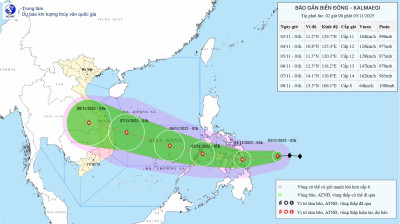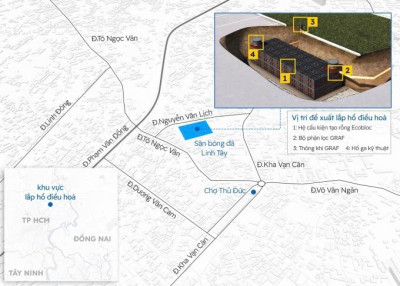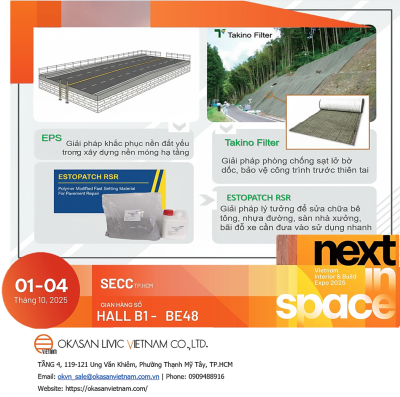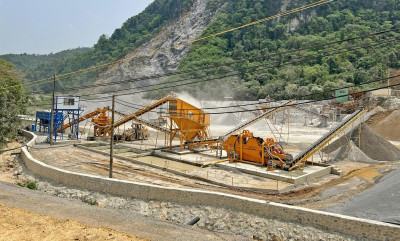Sạt lở đất: Nguy cơ tiềm ẩn và cách phòng tránh
Landslides are a natural geological phenomenon that occurs when a mass of soil or rock on a slope becomes unstable and slides down. This phenomenon often causes serious consequences, affecting human life and property. To better understand landslides, we need to classify and learn about the characteristics of each type.
Landslide classification
Based on the morphology and movement mechanism, landslides are divided into 3 main types:

1. Slump landslides
Formation: Slump landslides often occur on steep slopes, when a large mass of soil moves in an arc.
Characteristics: The landslide mass often retains its original shape, the sliding surface has a concave curve. The movement speed is relatively slow, from 1-100m/s.
Causes: Heavy rain, erosion, slope cutting, human activities...
[Illustration: A large mass of soil slides down an arc, forming a steep cliff]
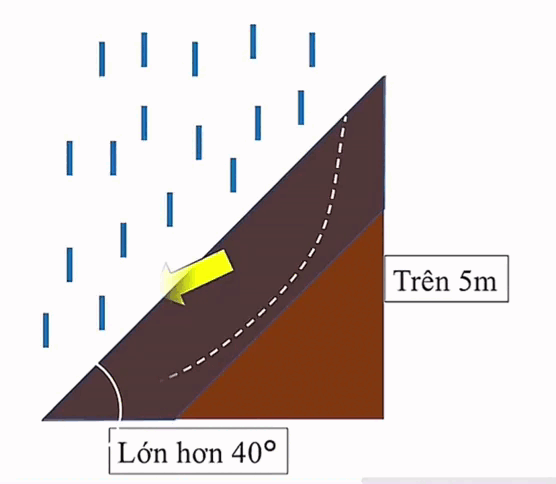 | 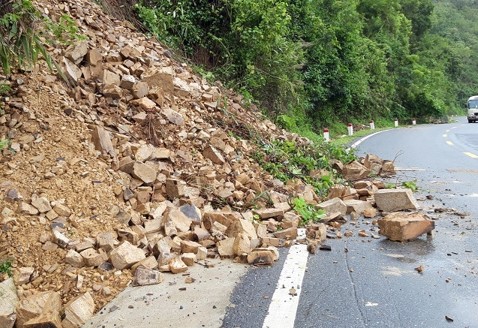 |
2. Landslide (Slide)
Formation: Landslides occur when a mass of soil or rock slides on a weak surface, such as the contact surface between different layers of soil and rock.
Characteristics: The slide surface is usually flat or slightly curved. The speed of movement can vary from very slow to very fast, depending on the slope and properties of the material.
Causes: Heavy rain, earthquakes, human activities...
[Illustration: A large mass of soil slides down an inclined plane, forming a vertical cliff]
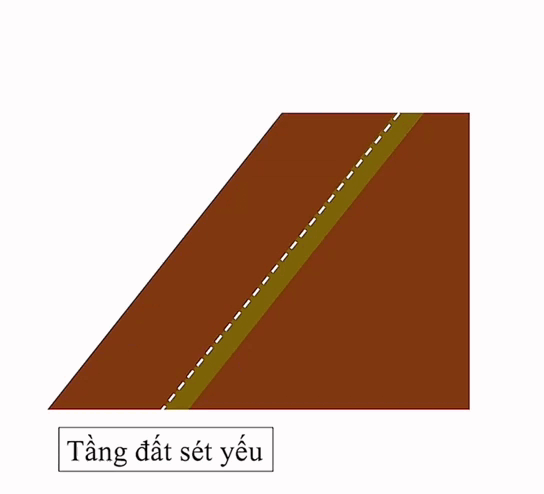 | 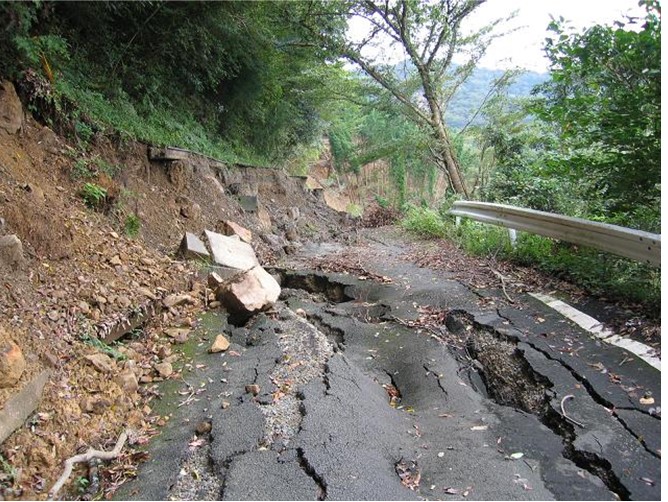 |
3. Flow slide (Flow)
Formation: Flow slides occur when soil and rock are saturated with water and move like a liquid.
Characteristics: The speed of movement is very fast, reaching tens of meters per second. Large volume of moving materials, causing strong destructive impact.
Cause: Due to prolonged heavy rain, causing water saturation in the soil.
[Illustration: A stream of mud and rock flows rapidly down the slope, carrying away all obstacles]
 |  |
Cause of landslides
Heavy rain: The most common cause of landslides. Heavy rain increases water pressure in the soil, reducing soil strength and causing landslides.
Terrain: High, steep slopes, and strongly dissected terrain are favorable conditions for landslides to occur.
Weak soil and rock: Clay, loam, and weathered rocks are more susceptible to landslides than hard soil and rock.
Human activities: Activities such as mining, construction, and deforestation destabilize slopes, increasing the risk of landslides.
Prevention and mitigation measures
Given the increasingly complex situation of landslides, finding effective technical solutions is extremely urgent. With extensive experience and expertise in the field of slope reinforcement materials, OKASAN Company is proud to introduce to customers the combination solution of Takino filter mats and PDR drainage pipes. This is the perfect choice to protect the construction, minimize the risk of landslides and contribute to building a safe and sustainable living environment. Let us accompany you in your construction projects.
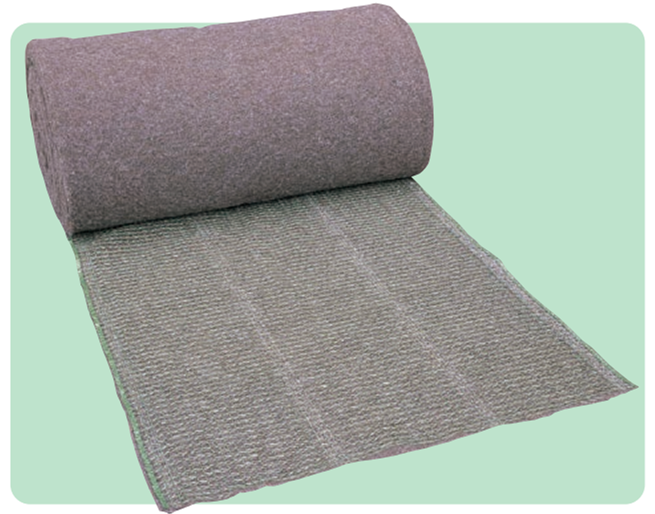 |  |


 vi
vi


